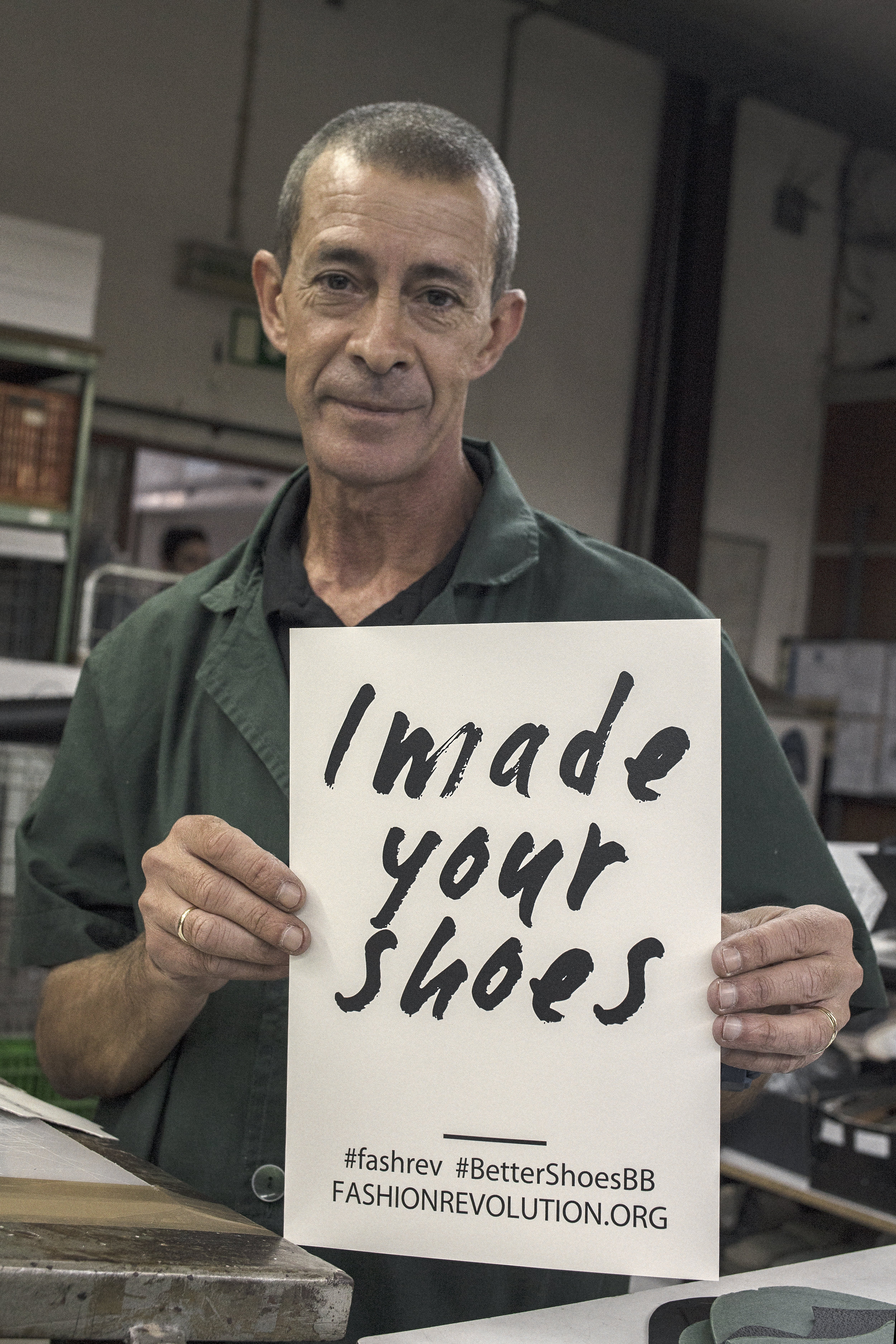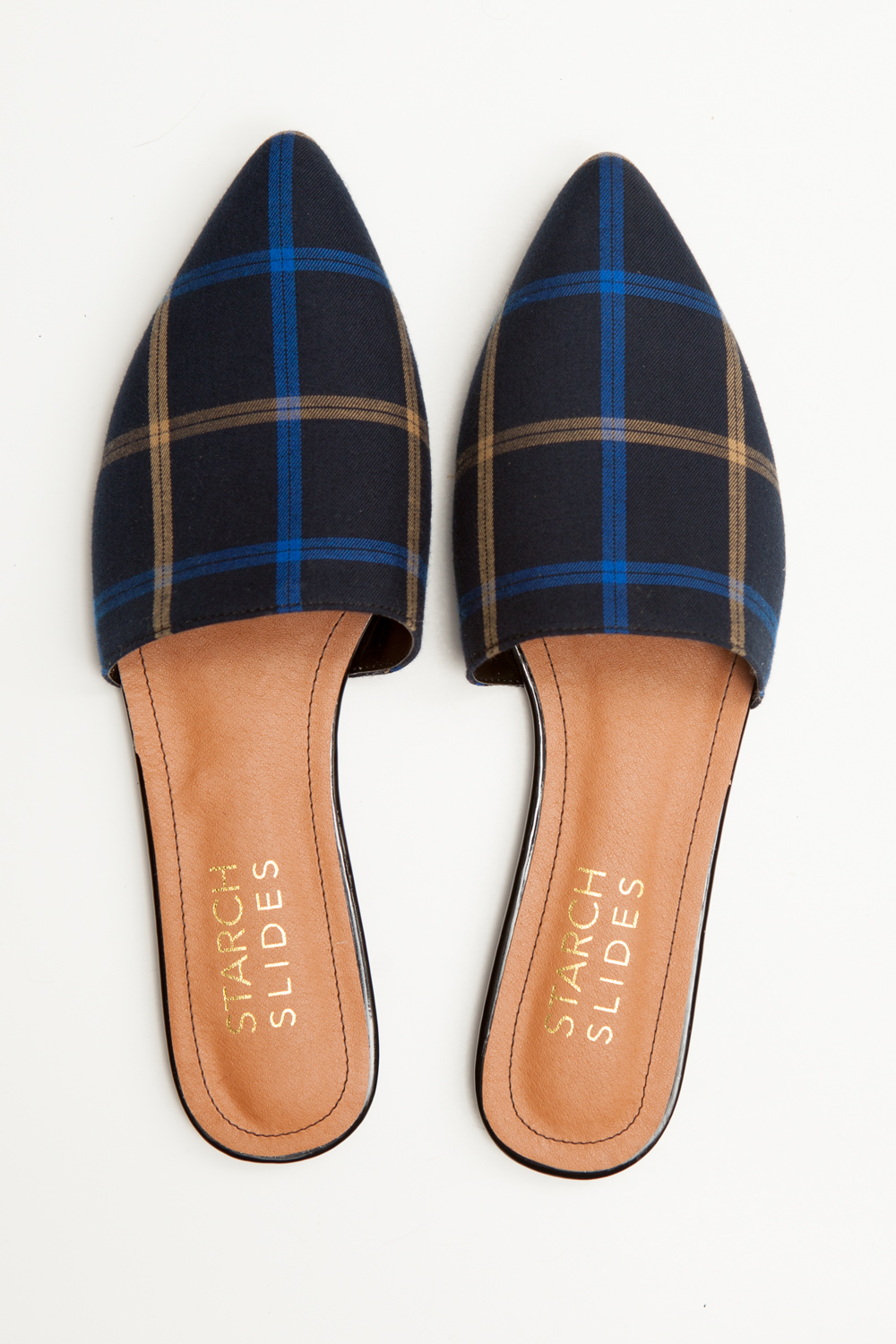You eat your greens and frequent local vegan cafes, you practise yoga, you religiously study the heaps and heaps of gifted slow living books lying on your kitchen counter as if aligned in a military order, but as a crucial part of ethical living, have you ever thought of giving up wearing leather entirely? That is no news leather is a by-product of the food industry, and treated with toxic chemicals to pass it on to the fashion industry, which can carry several health risks to the producer, the wearer and the environment. If that's not a fair enough reason to reconsider your next haul to the leather goods hall, we do not know what is.
Luckily, brands, such as London-based Bourgeois Boheme, have made boycotting the widespread use of unethical leather goods a degree easier, by offering trendy footwear in various vegan, non-leather alternatives, such as plant-based polymers and Piñatex, the latest invention made of pineapple leaf fibre. We promise, when going entirely 'vegan' in footwear choices, you really do not have to compromise the looks, whereas reasoning ethical choices to your peers has become a tad self-explanatory. I had a chat with Sophie Yiannouris from Bourgeois Boheme to find out why the ‘vegan’ shoe trend is still celebrating its peak success, constantly looking to evolve and adapt to new ways of improving its own cherished DNA.
Words: Hanna-Amanda Pant
Bourgeois Boheme AW16: Shaun Black & Petra Black.
What are the 'vegan' alternatives to leather you offer at Bourgeois Boheme? Where do the materials come from?
Style, quality, durability and eco-friendliness are equally important factors in the making of a BB shoe. Therefore, we continuously seek out for new material innovations to ensure we stay on top of the environmental game. Whereas the leather-imitation shoes you find on the high street are often made with PVC (a plastic which contains chloride and isn’t biodegradable), we use a high-quality, Italian-made cotton-backed microfibre PU (polyurethane) called Mycro©. The Mycro© is a state-of-the-art microfiber with a structure very similar to that of natural leather and suede. Its softness, lightness, breathability, water and stain resistance provide high performance, comfort and very credible leather-looking shoes! We use this for our uppers.
Another ground-breaking material we started using for our AW16 collection and will continue is Bio-polyoils. These are plant-based polymers derived from natural renewable sources — grains and seeds derived from food-free cereal crops rather than petrochemical origin. At manufacturing stage, these cutting-edge fibres keep CO2 emissions at zero level. This material is breathable and absorbable and perfect to use for the linings of all our shoes.
Bourgeois Boheme SS17: Keith Black Pinatex & Noel Black Pinatex.
For SS17 launching in May, we are thrilled to introduce a range of styles made with the exciting new vegan leather alternative Piñatex™ - a natural and sustainable non-woven textile made from pineapple leaves fibres. These fibres are the by-product of the pineapple harvest and therefore no extra land, water, fertilisers or pesticides are required to produce the material. Piñatex™ resembles a textured leather and is soft but strong, light and breathable.
Bourgeois Boheme SS17: Kim Cork.
Being introduced in our SS17 Collection as well, will be the Cork material. Sourced locally from cork trees in Portugal, our new cork material is a plant based renewable, breathable and natural resource, which is perfect for dressing our new unisex sneakers and the insoles of our shoes.
Why should we consider giving up leather goods and look for alternatives to take over our shoe and accessories collections?
Bourgeois Boheme: Making of.
"Piñatex™ resembles a textured leather and is soft but strong, light and breathable."
We believe in order to give up leather you need to know the environmental and cruel impact it has. People often ask us why leather, as a natural material, is not a better choice than the synthetic vegan alternatives we use. We say that the leather used for fashion, unfortunately, is not very natural at all (and far from always a by-product from the food industry). Toxic chemicals such as zinc, lead, dyes, cyanide and formaldehyde are used to treat it, which makes it decompose very slowly, producing a greater quantity of refuse which has an obvious negative environmental impact. In addition, tanneries consume a lot of energy and are very polluting; and the carcinogenic chemicals used negatively affect the health of workers, too. We believe that alternative, innovative and environmentally friendly materials are the future and better than the toxic leathers and PVC’s frequently used to date. All the alternative materials are strong, breathable, durable and water-proof, which is another reason we think these could be a better choice to leather.
What are the nuances that matter in the production of an ethical shoe?
As much as we believe that animals should not be exploited for our fashion needs, we also believe that a good vegan and ethical shoe should be ethically produced for the general wellbeing of the planet, and to ensure the wellbeing of our talented shoemakers that handmake our shoes.
"At manufacturing stage, these cutting-edge fibres keep CO2 emissions at zero level."
Our skilled Portuguese artisans craft each pair by hand using traditional techniques. First, the upper sections of the shoe are cut and stitched together and any linings and other design details added. The upper is then moulded into the shape of the shoe using a specially made last, creating a distinctive shoe shape for the first time. Next, the insole goes on and the upper is stitched and/or glued to the sole using non animal-based glue. The finished shoe is polished, checked and placed in our beautiful branded box, ready for the journey to London and beyond.
Visiting our factories personally is important to us and founder Alicia has handpicked the three ethical factories we work with herself. We meet the teams of artisan craftsmen and women who are responsible for making our shoes to ensure high standard production and working conditions.
You mentioned Pinatex as a part of your new footwear collection. What are the benefits of this new material and why should we consider wearing it?
Bourgeois Boheme SS17: Victoria White Pinatex.
The Pinatex material is a new innovative material discovered by the company Ananas Anam. With the help of skilled Philipino workers, they extract the fibres from the pineapple leaf plantations. This process supports Phillipino communities to grow their businesses. These fibres are the by-product of the pineapple harvest and therefore no extra land, water, fertilisers or pesticides are required to produce the material.
Bourgeois Boheme SS17: Victoria Natural Pinatex.
Then they are transported to a factory in Spain to transform into the strong, breathable and water-resistant material that we are using for our limited-edition collection launching in May 2017. It a unique and great alternative material to leather, which has not been used a lot so far. During the launch of our Pinatex collection we will be hosting a week-long pop-up shop in London to promote this amazing alternative material and also promote sustainable fashion for men and women in all its glory.
Shop now:










